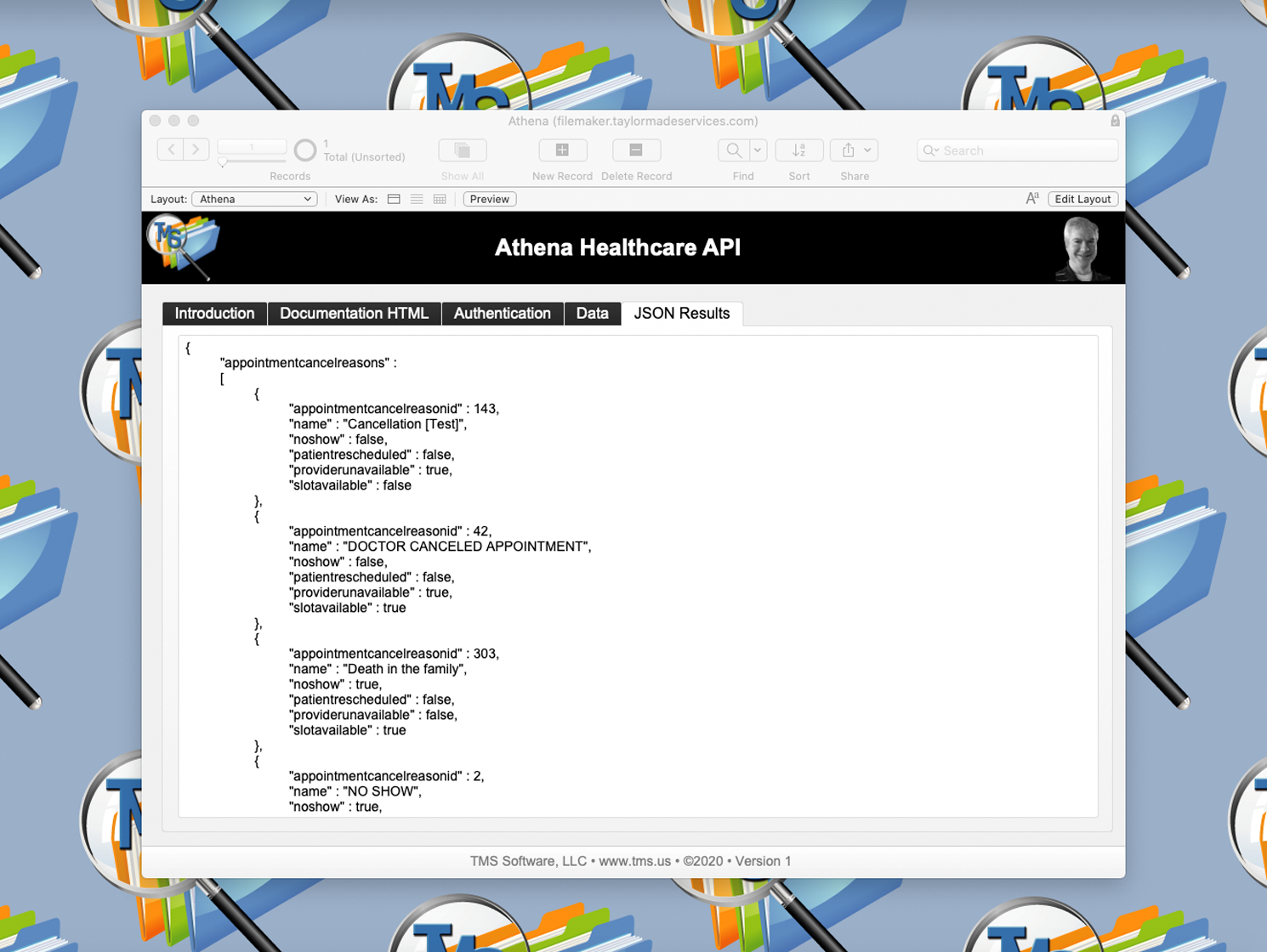
Using Electron's own modules, you can send primitive notifications, add entries to the recent document list, or set a little icon overlay. You don't have to get your hands dirty and touch WinRT yourself - Electron already comes with a number of integrated Windows features enabling you to provide a more native Windows user experience.Ĭonsider making full use of the task bar - Electron allows you to set a custom thumbnail region, buttons, and tool tips. Logically, this post will now summarize the ways to call WinRT from Electron. If you'd like to interact with hardware, lock screens, payments, notifications, or the Siri-like Cortana, you're talking to WinRT to make it happen. WinRT is the home for anything interesting happening in Windows today. Most applications in the Windows Store are universal Windows apps, communicating with Windows through a set of APIs found in the Windows Runtime (usually just called WinRT). If you were to build a typical Electron app as a native Windows application, you would most likely build a Universal Windows App.
#Electron api calls update#
When we talk about modern Windows development, we usually talk about Windows 10, which just received its first major update (called the Anniversary Update). This post is a primer on how your Electron app can interact with Windows to deliver a user experience that feels truly native and integrates with the operating system. That said, there is a sizable number of users who might still need a USB port and are likely to run Windows.

Most developers are intimately familiar with macOS - many of us use Macs as our daily drivers.

Felix Rieseberg Using Native Windows Features from ElectronĮlectron combines the convenience of coding in JavaScript with the unlimited power of native development, allowing users to mix and match between simple JavaScript, C, C++, Objective C, and even Rust.


 0 kommentar(er)
0 kommentar(er)
